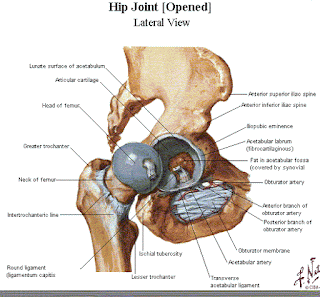How I Rehabbed My Quad Contusion in 1 Week
How I Rehabbed My Quad Contusion in 1 Week Recently I sustained an impact injury to my right thigh. I thought it might be worthwhile to write down what the injury recovery process looked like for me so it might help others who either treat this injury, or deal with this injury themselves, in the future. I was at a beach Ultimate Frisbee tournament and earlier on in the tournament I either caught a knee, or landed on my right quad (vastus lateralis) at some point earlier in the day because I started to feel a little bit of pain when walking after about our 2nd or 3rd game of the day. This did not bother me and it was not going to affect my ability to play at all. In the 4th game of the day, I dove to try and catch a disc thrown by my teammate (:16 in video below) and landed directly on the spot that was previously bothering me. This time however, there was a very high level of pain and I immediately called for an injury. I took about 15 seconds to get my legs back under me and hobbled

